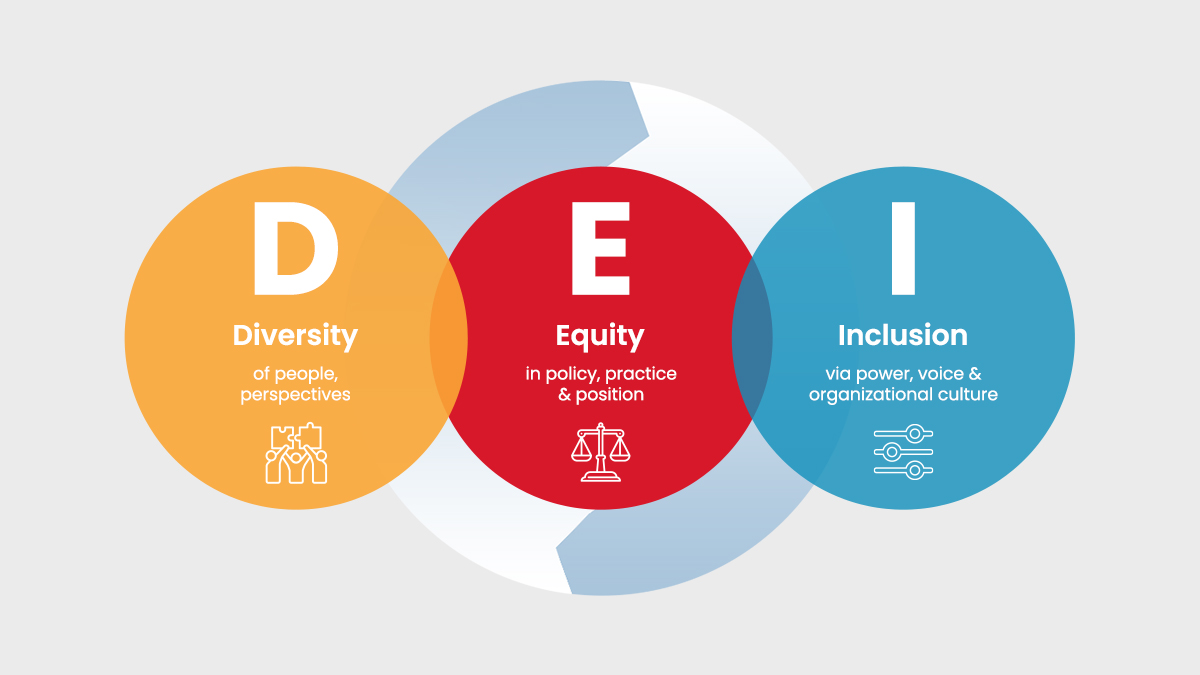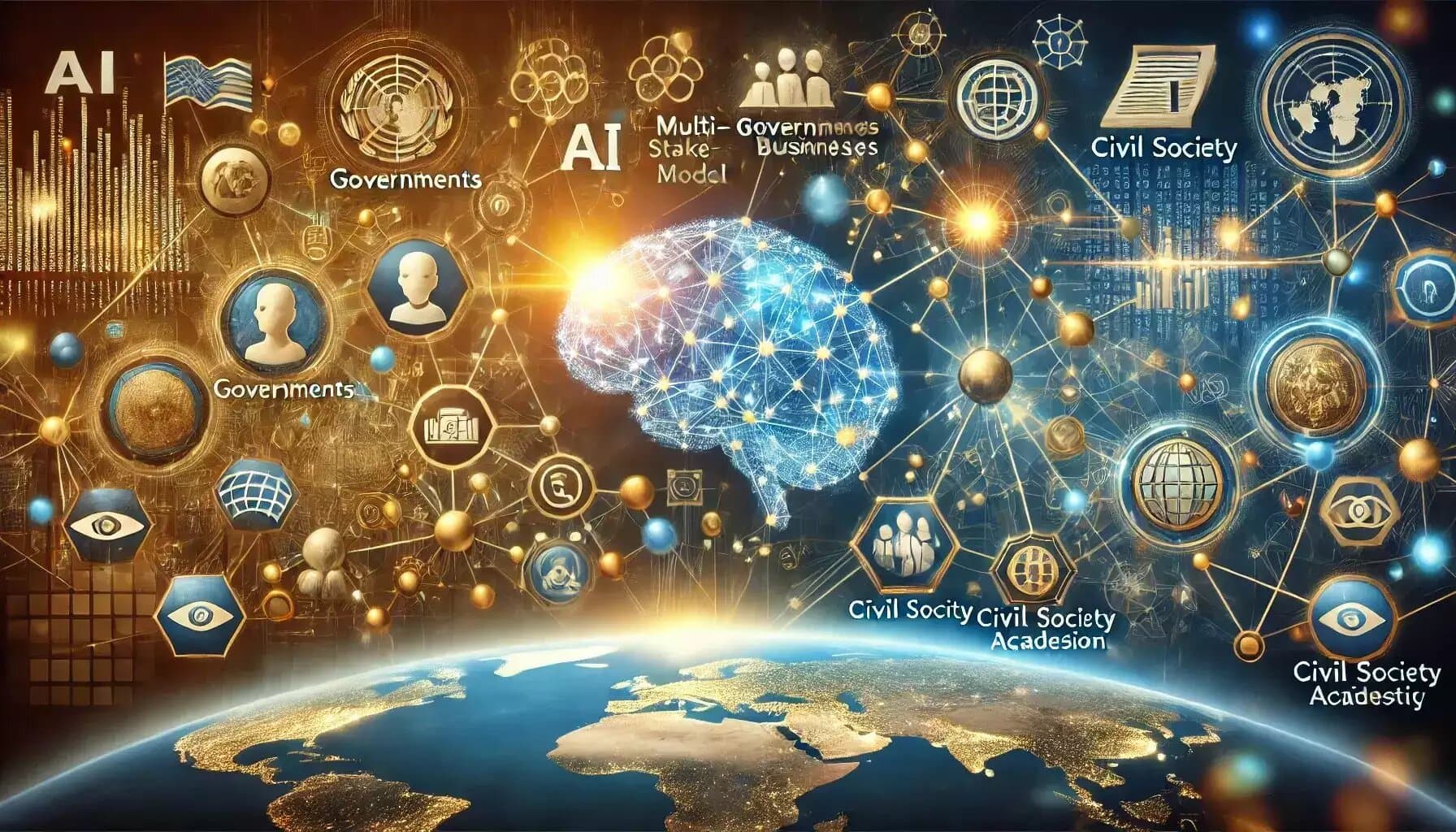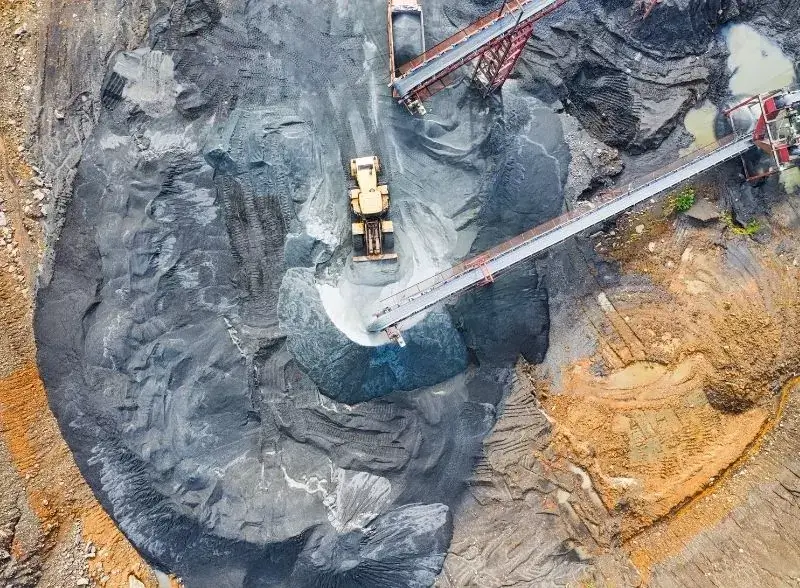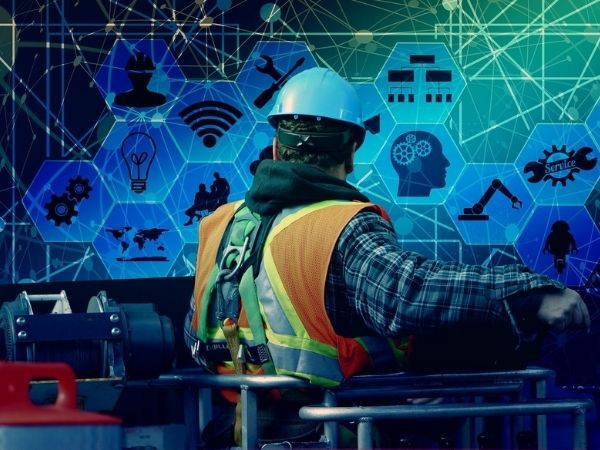
India’s Chandrayaan-3 Mission, which landed on the Moon’s South Pole at a fraction of NASA’s budget, proved a universal truth- disruption isn’t powered by deep pockets alone, it can spring from frugal innovation too. Today, in the global AI race, India risks squandering this vision if we mimic China’s DeepSeek or America’s ChatGPT like a star struck fan rather than scripting our own playbook. The question isn’t whether India can replicate these models—it’s why we should not.
Copying DeepSeek or ChatGPT is like Bollywood remaking a Forest Gump or Titanic—it might sell, but it won’t redefine cinema. China’s AI success stems from a closed ecosystem where state-backed monopolies thrive. DeepSeek purportedly built at a cost of $6 million compared to ChatGPT’s $540 million budget, mirrors China’s playbook- state protectionism, heavy R&D spending (2.4% of GDP vs India’s 0.6%), and a Darwinian tech ecosystem. India, however, is a democracy with disparate markets, 22 official languages, and a service-sector DNA. Mimicking China’s top-down model here would be like forcing a square peg into a round hole.
Consider Japan’s post-war resurgence- Instead of cloning American factories, it invented Kaizen (continuous improvement) and dominated electronics with miniaturization. India’s AI path must be similarly indigenous. For instance, India’s UPI payments revolutionized finance without aping Western credit card systems. Why can’t AI follow suit?
India’s strength lies in its demographic dividend. With 1.4 billion people, it generates data as diverse as its festivals—from Kerala’s fishing markets to Punjab’s tractor sensors. Yet, most AI labs train models on English-centric, western datasets. Startups like CropIn and Niramai already deploy AI for farming and breast cancer detection. But they are exceptions, not norms. India’s AI potential isn’t in building ChatGPT clones but in solving Bharat-specific problems. The country’s “short-termism” prioritizes quick fixes over foundational research. The strategy should not be on tweaking GPT-4 for clients, but designing a product that can seamlessly fit into any tech ecosystem.
India’s AI stagnation isn’t a talent deficit—it’s an ecosystem famine. Consider this - India produces world-class AI researchers, but they flock to Silicon Valley. Why? A Bengaluru lab offers a fifth of the salary and archaic infrastructure. The country’s ecosystem lacks patient capital. Venture capital here seeks quick exits, not 10-year bets. China’s DeepSeek survived early failures because state and corporate backers treated AI as a “national security” priority. India’s startups, however, pivot to B2B SaaS at the first roadblock. The government’s procurement of 19,000 GPUs is laudable but is like giving a chef ingredients but no kitchen. Without skilled cooks (researchers) and recipes (use cases), it’s wasteful. Even France’s Mistral AI thrives on a $36 billion state fund. India’s $3 billion “AI Compute Facility” pales in comparison and ambition.
To leapfrog, India needs a protected Sandbox. China shielded Baidu and Alibaba from Google; India can temporarily firewall sectors like healthcare and agriculture for homegrown AI. Let foreign giants partner with us, not dominate us.
Patient Capital is critical to India’s success in the global AI ecosystem. The Indian government can think of creating a $10 billion Bharat AI Fund for the startups. The fund can include contributions from the corporates, preferably drawn from their CSR budget.
The next thing is to go for an overhaul of the country’s tech education ecosystem. India’s famed IITs have nurtured the prized STEM talent into coding geniuses but lack a sharp focus on foundational AI research. The IITs can forge partnerships with private labs like Open AI to redesign curricula.
India's diverse society and democratic framework are unique strengths that can be leveraged to drive AI innovation. By focusing on grassroots innovation and addressing local challenges, India can develop AI solutions that are not only relevant domestically but also applicable to other emerging economies. This approach aligns with the concept of 'solving for India, solving for the world,' where solutions tailored to India's complex landscape can be scaled globally.
The success of this approach won't be measured by headlines about billion-dollar valuations or model sizes but by the quiet revolution of AI solutions solving real problems across India's diverse landscape. In time, this could lead to a distinctly Indian school of AI innovation – one that values efficiency over scale, impact over impressiveness, and practical solutions over technical showmanship.
The question isn't whether India can create its own DeepSeek; it's whether India can pioneer a new approach to AI that turns its apparent limitations into unique advantages.
This was first published as an Opinion piece on Express Computer.


























































We will verify and publish your comment soon.